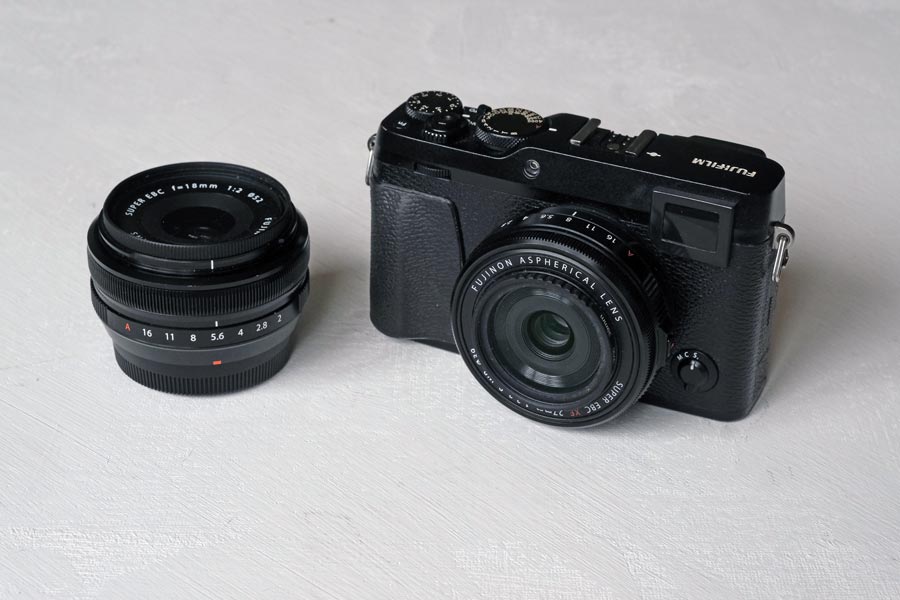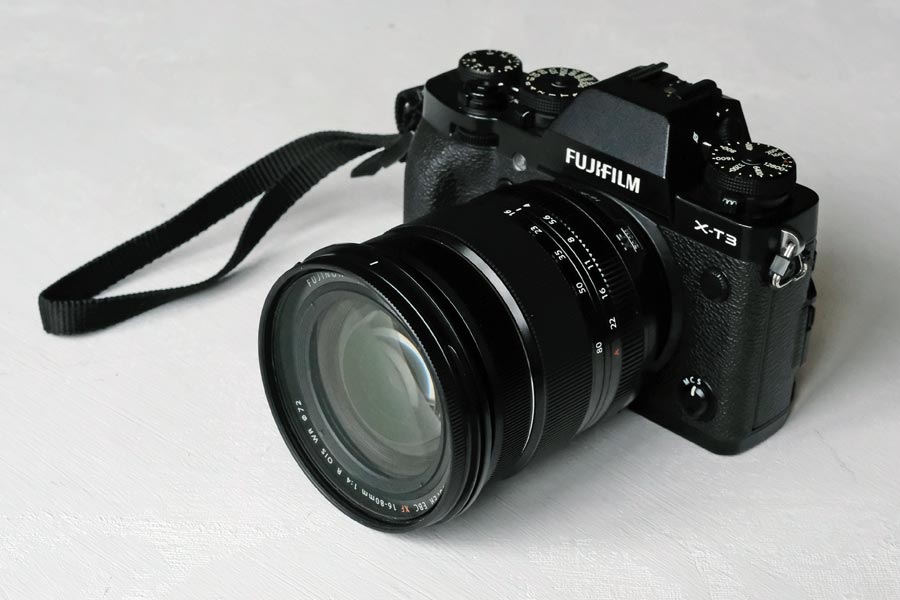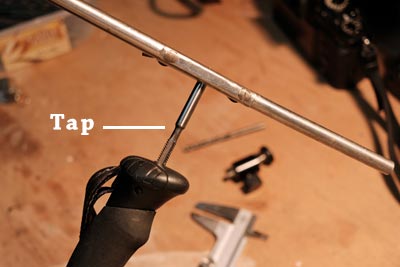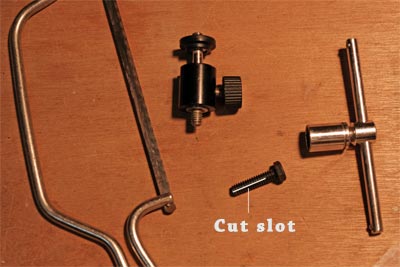


Cameras and lenses
I have used many different cameras over the years but I have now settled on using Fujifilm X series mirrorless interchangeable-lens digital cameras.
When I go walking, especially long distance walks, I usually take my Fuji X-E3 fitted with a 27mm f2.8 pancake lens. This compact combination can easily fit it into a jacket pocket or rucksack side pocket and so is always ready for use. I often take a Fuji 18mm f2 wide angle lens as well. It is larger and slightly heavier than the 27mm.
Sometimes I take my Fuji X-T3 fitted with a Fuji 16-80mm f4 zoom lens when on shorter walks. This camera has more capability. Larger sensor and screens, faster processor, two card slots, more external controls, etc., and with a zoom lens will cover a wider range of focal lengths but it needs to be carried in a bag or rucksack as it is to large for a pocket. I love this combination but I find it too large and heavy to take on a long distance walk.
I like these cameras because they both have traditional dial controls on the top plate for shutter-speed and exposure-compensation, and a front mounted rotary switch to instantly select manual or auto focusing. The X-T3 also has an ISO dial on its top plate and two more rotary switches for control of more settings. And all my Fuji lenses have aperture control rings. These controls mean that I am able to check and change important camera settings without even having to turn the camera on, so I can always be ready.
I mostly use the electronic viewfinder on these two cameras because it give a large, clear view and is unaffected by bright light or reflections the way that a rear screen often is when used outdoors. I think that a viewfinder also aids concentration by removing distractions.



No tripod?
When the light is poor, or a long exposure is required, or if you want to include yourself in the shot, it can be useful to have a freestanding camera support handy, such as a tripod. But I find that tripods are usually too heavy and or unwieldy to carry on a long trip. As I always take a walking pole with me when out walking I have modified mine so that I can use that as a camera support. I have a small ball-and-socket head that I can quickly fix to the top of the walking pole when needed. I then push the pole firmly into the ground and fit the camera.
I took a small ball-and-socket head from an old tripod. The mounting hole in the base of such a head usually has a standard 1/4 inch BSW thread. So I took my walking pole and drilled a 5.1mm hole into the top of the plastic grip. I then used a 1/4 inch BSW tap to make a thread in the hole. I then cut a length of thread from a 1/4 inch BSW bolt, super-glued it into mounting hole of the ball-and-socket head leaving enough thread exposed to screw into the hole in the walking pole grip. When I drilled the hole in the top of the grip I was very careful not to go too deep and damage the strap or the strap holding mechanism.
If you want to do this too but don't have a 1/4 inch BSW tap handy, you can make a home-made tap using a spare 1/4 inch BSW bolt. It will be good enough to cut a thread into plastic. Holding the bolt head firmly in a vice, use a junior hacksaw with a fine blade to cut two slots lengthwise along the bolt, one on each side. If the bolt is too short it will be difficult to cut the slots deep enough. The slots need to be deeper than the thread and longer than the depth of the hole that you drilled in the grip. The longer the bolt, the easier it will be to cut the slots. The sharp edges of the slots are what are going to cut the thread. Once the tap begins to cut, allow it to screw itself into the plastic. Do not force it down or the threads may not be cut properly.
photowalker.uk
All photos © Martyn Pearce